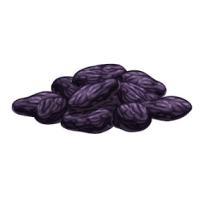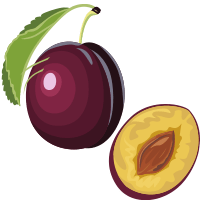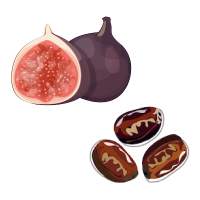“Ripe grapes locked in a bottle…”
There was a time when white wines with natural fructose were the exclusive heritage of Central European winemaking. Without losing the traditions of the Old Continent, this wine is made in a land where never before has a bottle of wine contained so much ripe grapes.
Production
This wine is born from over-ripening in the vine 21 days after the usual harvest, which causes the grapes that remain uncut on their dates of maximum water concentration to evaporate, acquiring natural grade and sweetness, without become extremely focused. The final yield of this wine is only 575 liters per ton of grapes, although occasionally it could be higher if the weather favors early ripening, without losing much water.
It is fermented by controlling the temperature so that it can maintain residual sugar and is subsequently aged on its own lees, for 4 months in old American Oak barrels, which we previously wine with our oxidative aging wines. During its aging in wood, it is produced with a controlled “soft battonage” process in which the use of new barrels is avoided, so that the astringency and power of the oak, together with the intensity of its process, do not cause the wine to lose elegance or balance. final score.
The annual volume of bottles obtained varies depending on the weather conditions that may develop between the second half of September and the first half of October. In any case, to date, more than 25,000 bottles have never been obtained per year, a part of which remains on the property to revalue its good evolution. It is a white wine for aging with two major conservation factors that make it especially long-lived: the high total acidity at the start and the residual sugar, which mitigates the harshness of aging on lees.
Tasting Note
VISUAL: Wine of an intense gold color, clean and bright, with an unusual apparent density for a white wine. The rotating glass leaves a trace of glyceric tears typical of its natural fermentation. Over the years its intensity increases and the perception of old amber gold grows.
OLFACTORY: Intense nose, with exceptional aromas very typical of the late harvest: figs, raisins and plums, which are mixed with fermentative and pastry aromas, typical of aging on lees. It develops very marked aromatic memories of its variety.
TASTE: Light and intense in equal parts in the mouth. So subtly unctuous that it fills, but does not tire. The acidity and natural sweetness play with the ripe and fleshy fruit, giving way to a continued aftertaste in which the wood does not bother.
“Out of respect for the freedom of all wine lovers and so as not to condition his personal creativity, XIMÉNEZ-SPÍNOLA makes it a rule not to recommend pairing with any of his productions”



